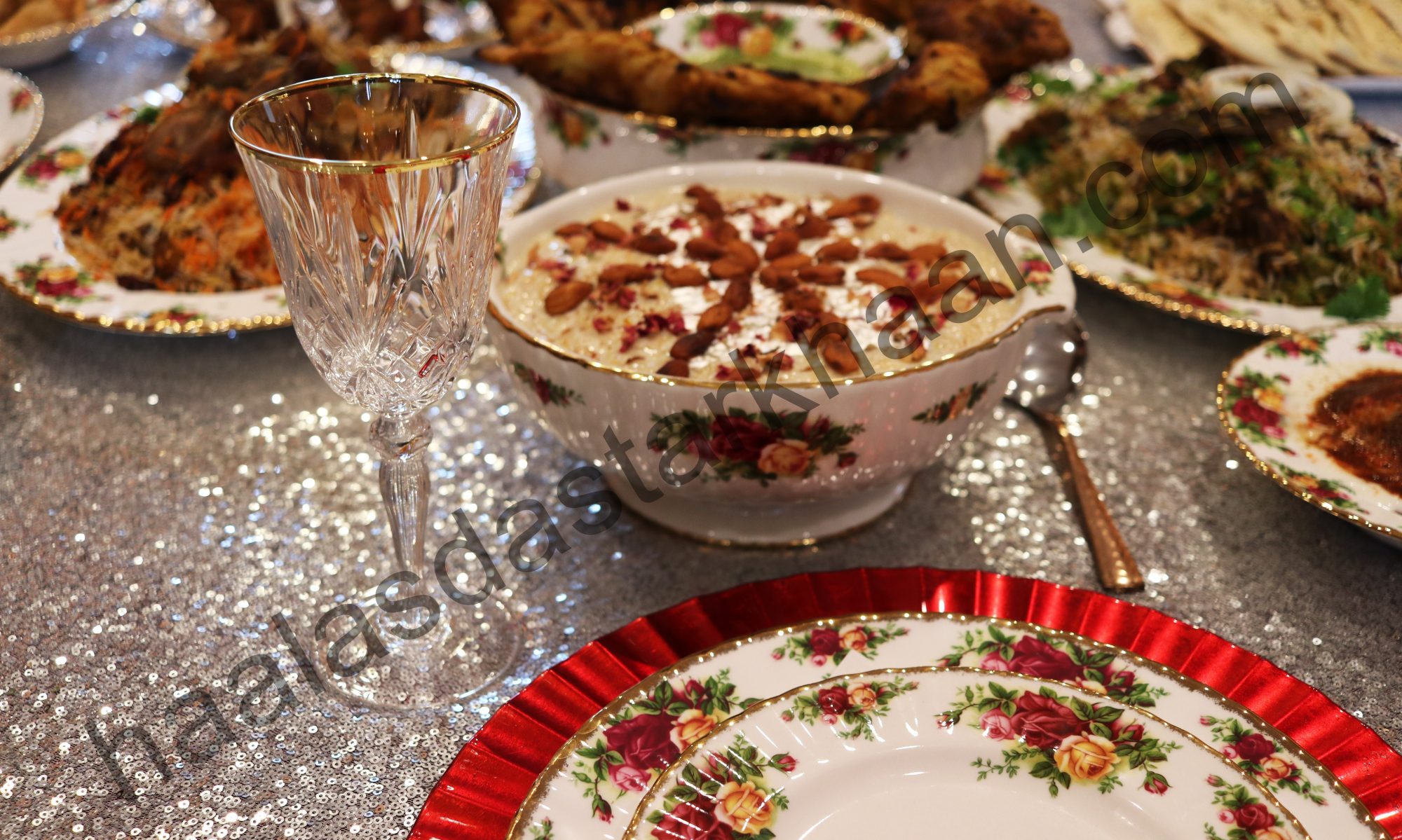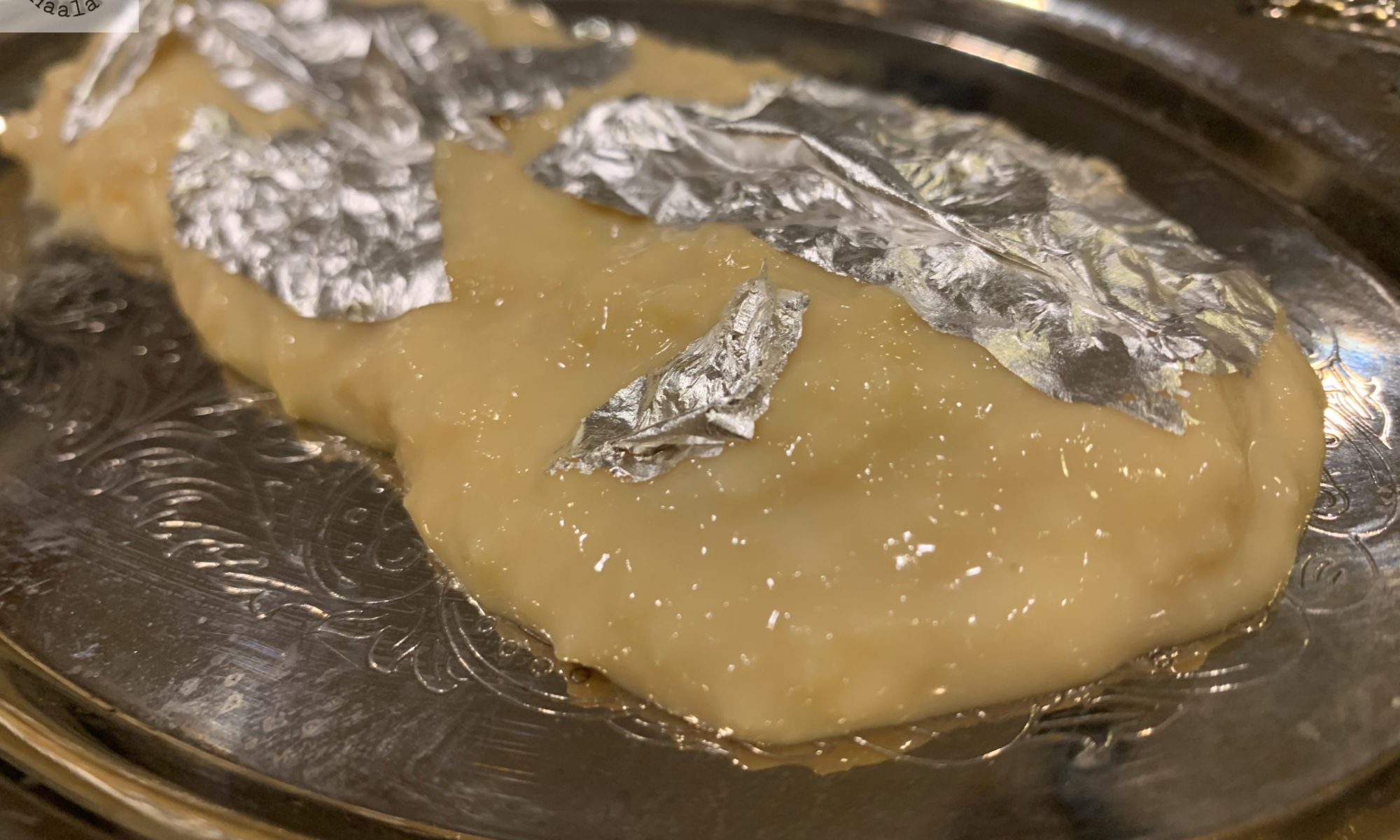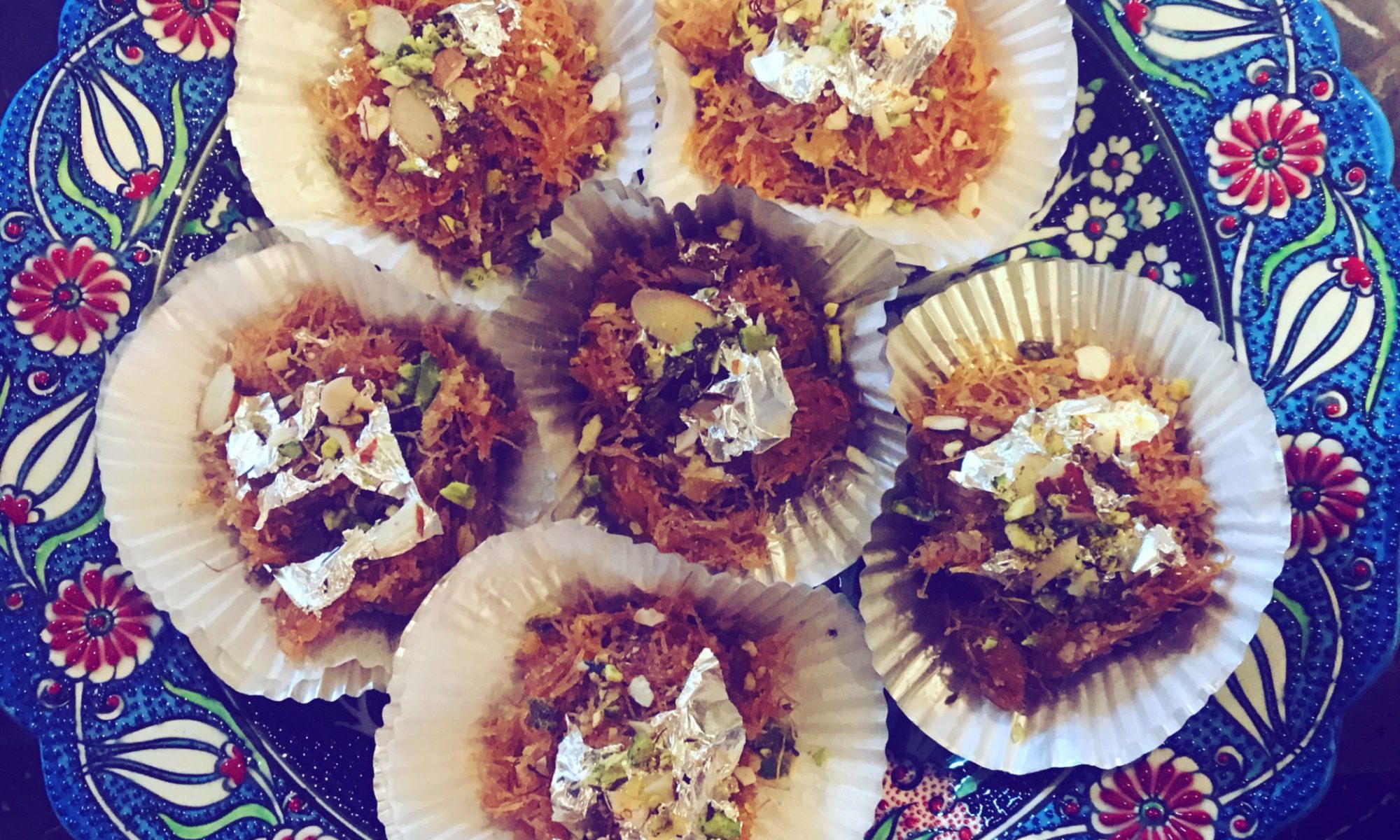Rabri has been one of my most favorite sweet dishes ever. The thick mavaa and just perfect amount of sugar makes this dish delicious enough to die for. There is a very old shop/ small eatery in my hometown Jodhpur that is popular for Rabri, Lassi and Kulfi. They sell amazing Rabri which is something I have to eat on every visit. But, the sad part is that I visit my hometown only during the scorching summer days and as much as I love to try all my favorite foods, it kind of gets impossible to enjoy them the way i should. Rabri happens to be one of them. Summer days do not make you crave for milk based sweets.
Rabri is a gift of Mughals to India. Just like they brought in Gulab Jamuns and jalebis, or any other sweet dish that requires sugar syrup, they also brought in sweets that are made from milk solids and require thickening of the milk. Mughals were very dedicated to cooking good and rich food. The use of dry fruits, nuts, cream, Khoya, Kewra or screwpine water, orange blossoms or even rose water comes in from them. An amazing addition to India food, that foodies like me love reading about.
Anyways, I definitely cannot change the time I travel to Jodhpur and there was no way my cravings could be turned off. So I did what people like me are born to do…. Make my own Rabri. And boy, that was one of the best decisions I ever made. I still remember making it the first time, not being sure of whether the 2 liters of milk would go down the drain and saying my silent prayers that even if this Rabri came out half as good as what I like, I would be immensely happy. To my surprise, my hard work paid off so well that what I made was the best Rabri I have ever tasted. Amazingly delicious, thick, perfectly sweet and a teaspoon in your mouth makes you sweetish romantic.
The key to a perfect Rabri….apart from the ingredients, time, patience and a good cooking saucepan. You will need Milk, sugar, Kewra water and Khoya. You are required to use Whole Milk because you will have to take the cream off every 5-7 minutes and stir that cream into the milk. You need time to make rabri and undivided attention, which I believe we need each time we make any milk based sweet, but slightly more when it comes to Rabri. The milk has to be cooked on very low heat and needs constant stirring. It has to be cooked till it remains only quarter of the original quantity. In between that we add Khoya and sugar and cook it more since Khoya tends to make the milk thick, sugar on the other hand releases water. It needs constant stirring. Adding cardamom powder and Kewra water gives it an appetizing fragrance. You can also add saffron strands like I did, but its completely optional.
Rabri once cooked needs to cool down and refrigerated for at least 6-7 hours before you serve it. Rabri can be perfectly served by itself but also goes well with warm sweets, mostly Jalebi and Malpuas. This dish can be refrigerated for a week. Enjoy!!!


